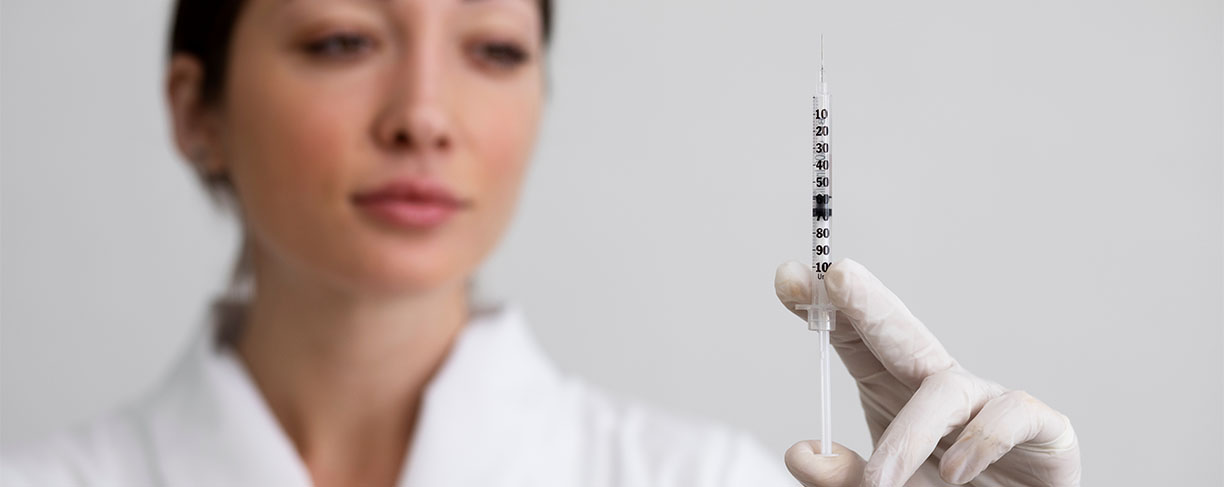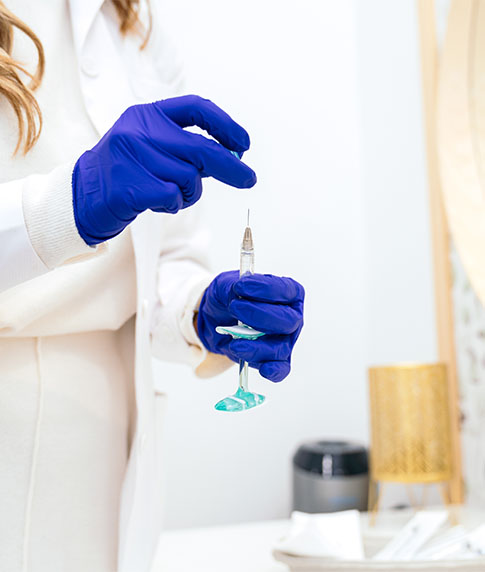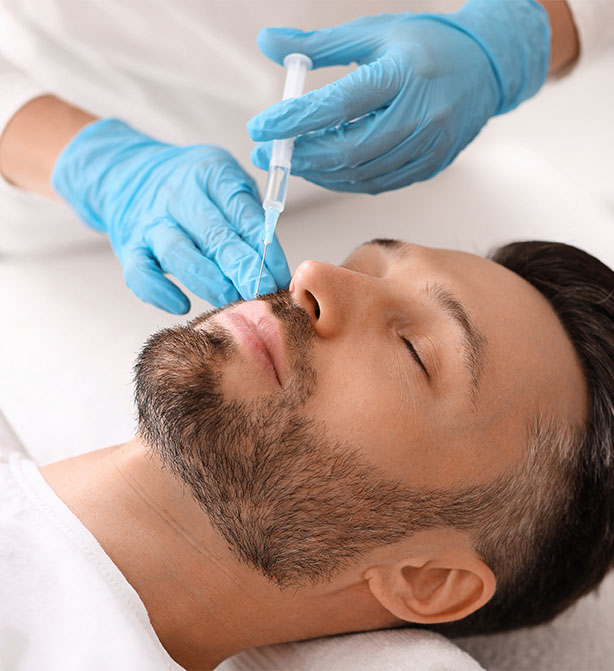The need for qualified injectors who offer secure and efficient cosmetic procedures is growing as the med spa sector does.
There are plenty of career options in this expanding field for Texas’s licensed healthcare professionals, including physician assistants, nurse practitioners, and registered nurses.
But to do so, aspiring injectors must understand facial anatomy, adhere to state laws, and keep up with changing practices and products.

Takeaway: Expect to work under a physician or advanced practice clinician’s oversight (or within the NP/PA authority), follow delegation rules, and keep clear documentation of training and supervision.
The eligible providers in Texas include:

Clinics typically maintain certificates on file, and the majority of respectable employers and supervising physicians require documentation of practical training (supervised injections plus didactics).
Many medical professional training programs are designed as 6- to 12-hour programs that combine didactic and practical instruction.
Ensure your training covers anatomy, informed consent, complication management, and emergency procedures, and document it.
Avoid programs that promise competence after only a brief lecture without supervised injections. Employers and medical directors will expect demonstrable competence.
Maintain clear delegation contracts, informed consent forms, and emergency plans for medical oversight and compliance. Ensure that your team can easily obtain CPR training and certifications.
Provide patient education materials, share before-and-after portfolios, and emphasise transparent pricing in your marketing. Adhere to advertising guidelines and refrain from making results-related promises.
Make sure you have the appropriate malpractice or tech-specific insurance for billing and insurance. Keep abreast of your market's current pricing trends.

Aesthetic nursing can be lucrative but ranges widely.
Public salary aggregators report wide ranges in Texas (hourly averages between $28 and $78; annual figures vary by source).
Salaries depend on experience, city, clinic volume, and whether you work on a commission/flat pay basis or run your own practice.
If you’re still asking, “How to become a cosmetic injector in Texas?” the answer is simple.
For licensed clinicians who prioritize patient safety, adhere to state regulations, invest in top-notch training, and operate under proper medical supervision, becoming a cosmetic injector in Texas is attainable.
As the industry expands, competent injectors who combine good medical practice, transparent patient communication, and continual education will find great market demand as well as professional fulfilment.